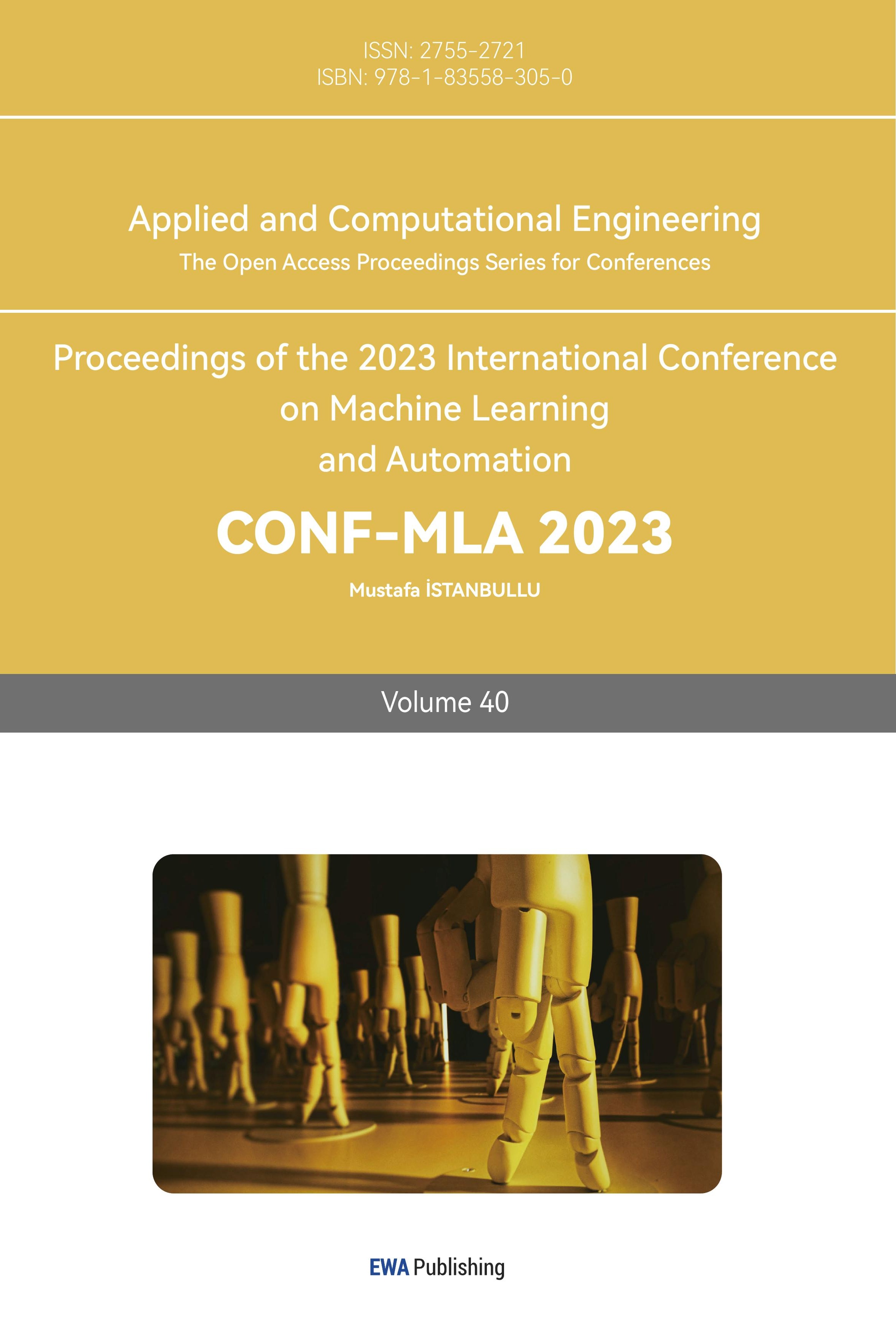References
[1]. Abbass K Qasim M Z Song H et al 2022 A review of the global climate change impact adaptation and sustainable mitigation measures Environmental Science and Pollution Research 29(28): pp 42539-42559
[2]. Kang Y Khan S Ma X 2009 Climate change impacts on crop yield crop water productivity and food security–A review Progress in Natural Science 19(12): pp 1665-1674
[3]. Shad M Sharma YD & Singh A 2022 Forecasting of monthly relative humidity in Delhi India using SARIMA and ANN models Model Earth Syst Environ 8: pp 4843–4851
[4]. Yerlikaya B A Ömezli S Aydoğan N 2020 Climate change forecasting and modeling for the year 2050 Environment climate plant and vegetation growth pp 109-122
[5]. Parasyris A Alexandrakis G Kozyrakis G V et al 2022 Predicting meteorological variables on local level with SARIMA LSTM and hybrid techniques Atmosphere 13(6): pp 878
[6]. Valipour M 2015 Long‐term runoff study using SARIMA and ARIMA models in the United States Meteorological Applications 22(3): pp 592-598
[7]. Manigandan P Alam M D S Alharthi M et al 2021 Forecasting natural gas production and consumption in United States-Evidence from SARIMA and SARIMAX models Energies 14(19): p 6021
[8]. XHABAFTI M SINAJ V 2022 Weather forecasting based on the application of SARIMA models CIRCULAR ECONOMY p 549
[9]. Zia S 2021 Climate Change Forecasting Using Machine Learning SARIMA Model iRASD Journal of Computer Science and Information Technology 2(1): pp 01-12
[10]. Dataset https://www.kaggle.com/datasets/berkeleyearth/climate-change-earth-surface-temperature-data
Cite this article
Liu,D. (2024). The prediction and analysis of global climate change based on SARIMA . Applied and Computational Engineering,40,268-273.
Data availability
The datasets used and/or analyzed during the current study will be available from the authors upon reasonable request.
Disclaimer/Publisher's Note
The statements, opinions and data contained in all publications are solely those of the individual author(s) and contributor(s) and not of EWA Publishing and/or the editor(s). EWA Publishing and/or the editor(s) disclaim responsibility for any injury to people or property resulting from any ideas, methods, instructions or products referred to in the content.
About volume
Volume title: Proceedings of the 2023 International Conference on Machine Learning and Automation
© 2024 by the author(s). Licensee EWA Publishing, Oxford, UK. This article is an open access article distributed under the terms and
conditions of the Creative Commons Attribution (CC BY) license. Authors who
publish this series agree to the following terms:
1. Authors retain copyright and grant the series right of first publication with the work simultaneously licensed under a Creative Commons
Attribution License that allows others to share the work with an acknowledgment of the work's authorship and initial publication in this
series.
2. Authors are able to enter into separate, additional contractual arrangements for the non-exclusive distribution of the series's published
version of the work (e.g., post it to an institutional repository or publish it in a book), with an acknowledgment of its initial
publication in this series.
3. Authors are permitted and encouraged to post their work online (e.g., in institutional repositories or on their website) prior to and
during the submission process, as it can lead to productive exchanges, as well as earlier and greater citation of published work (See
Open access policy for details).
References
[1]. Abbass K Qasim M Z Song H et al 2022 A review of the global climate change impact adaptation and sustainable mitigation measures Environmental Science and Pollution Research 29(28): pp 42539-42559
[2]. Kang Y Khan S Ma X 2009 Climate change impacts on crop yield crop water productivity and food security–A review Progress in Natural Science 19(12): pp 1665-1674
[3]. Shad M Sharma YD & Singh A 2022 Forecasting of monthly relative humidity in Delhi India using SARIMA and ANN models Model Earth Syst Environ 8: pp 4843–4851
[4]. Yerlikaya B A Ömezli S Aydoğan N 2020 Climate change forecasting and modeling for the year 2050 Environment climate plant and vegetation growth pp 109-122
[5]. Parasyris A Alexandrakis G Kozyrakis G V et al 2022 Predicting meteorological variables on local level with SARIMA LSTM and hybrid techniques Atmosphere 13(6): pp 878
[6]. Valipour M 2015 Long‐term runoff study using SARIMA and ARIMA models in the United States Meteorological Applications 22(3): pp 592-598
[7]. Manigandan P Alam M D S Alharthi M et al 2021 Forecasting natural gas production and consumption in United States-Evidence from SARIMA and SARIMAX models Energies 14(19): p 6021
[8]. XHABAFTI M SINAJ V 2022 Weather forecasting based on the application of SARIMA models CIRCULAR ECONOMY p 549
[9]. Zia S 2021 Climate Change Forecasting Using Machine Learning SARIMA Model iRASD Journal of Computer Science and Information Technology 2(1): pp 01-12
[10]. Dataset https://www.kaggle.com/datasets/berkeleyearth/climate-change-earth-surface-temperature-data









